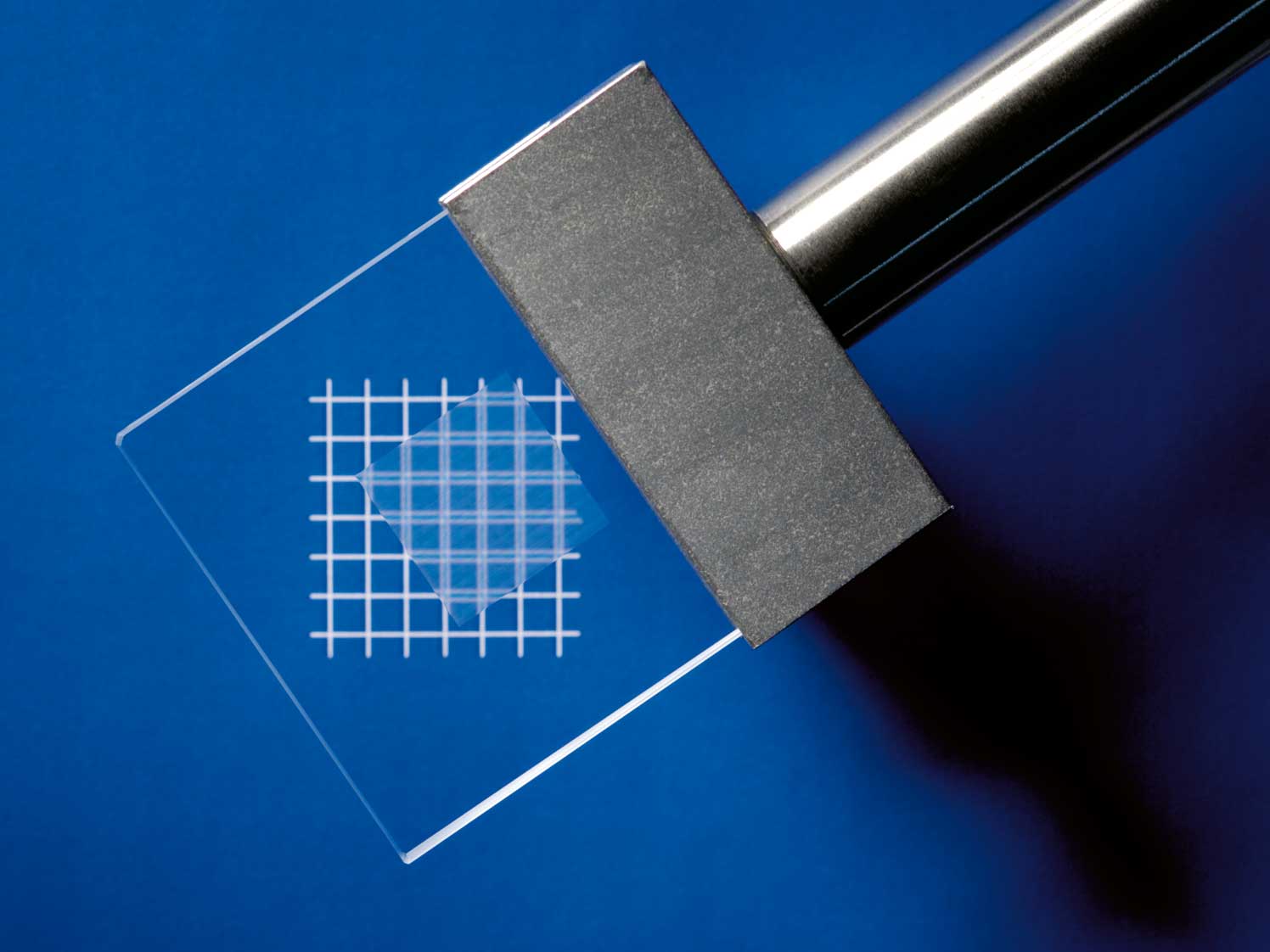What do you think of when you hear the words “diffractive optical elements?” If you’re like most people, you probably think of telescopes and microscopes. And while diffractive optical elements are certainly used in those devices, there are many other applications for them as well!
In this blog post, we will discuss some of the different ways diffractive optics can be used and how they can benefit various industries. We will also talk about the future of diffractive optical elements and what new applications may be on the horizon. So read on to learn more about these fascinating multifunctional optical components!
Multifunctional
Diffractive optical elements (DOEs) are gaining in popularity due to their multifunctionality and low cost. In optics, DOEs can be used to create phase masks, Bragg gratings, and diffraction gratings. But they also have the potential for non-optical applications such as microfluidics, displays, and sensors.
When it comes to optics, diffractive optical elements are a key component. But did you know that they can also be used in a variety of other applications? Originally developed for optics applications, DOEs are now being used in a variety of other industries, including the medical field and automotive manufacturing. In addition, DOEs can be used for a variety of applications, including aberration correction, beam shaping, spectral filtering, and more.
They are considered multifunctional because of their ability to perform multiple functions. Some of the key applications include beam shaping, wavefront correction, and optical processing. They are also used in designing novel laser structures as well as various light-emitting devices such as LEDs and lasers.
One of the primary advantages of diffractive optical elements is their ability to correct wavefront errors. This makes them ideal for use in high-precision optics systems. In addition, they can be used to shape and focus light beams, which is particularly useful in laser applications.
Another important advantage of diffractive optical elements is their small size. This makes them ideal for use in compact optical systems.
DOE platform
Diffractive optical elements have found a number of applications in optics and beyond. Their small size, wavefront correction ability, and multifunctionality make them well-suited for a wide range of applications.
The DOE platform consists of a silicon nitride membrane with etched diffractive structures on its surface.
The DOE platform can be used as an optical element to control the propagation and direction of light beams.
It has many potential applications in optics, including beam shaping, spectral filtering, and aberration correction.
In Brief
The DOE platform can also be used in non-optical applications, such as microfluidics and integrated circuits, and has the potential to revolutionize optical systems and other electronic devices.


